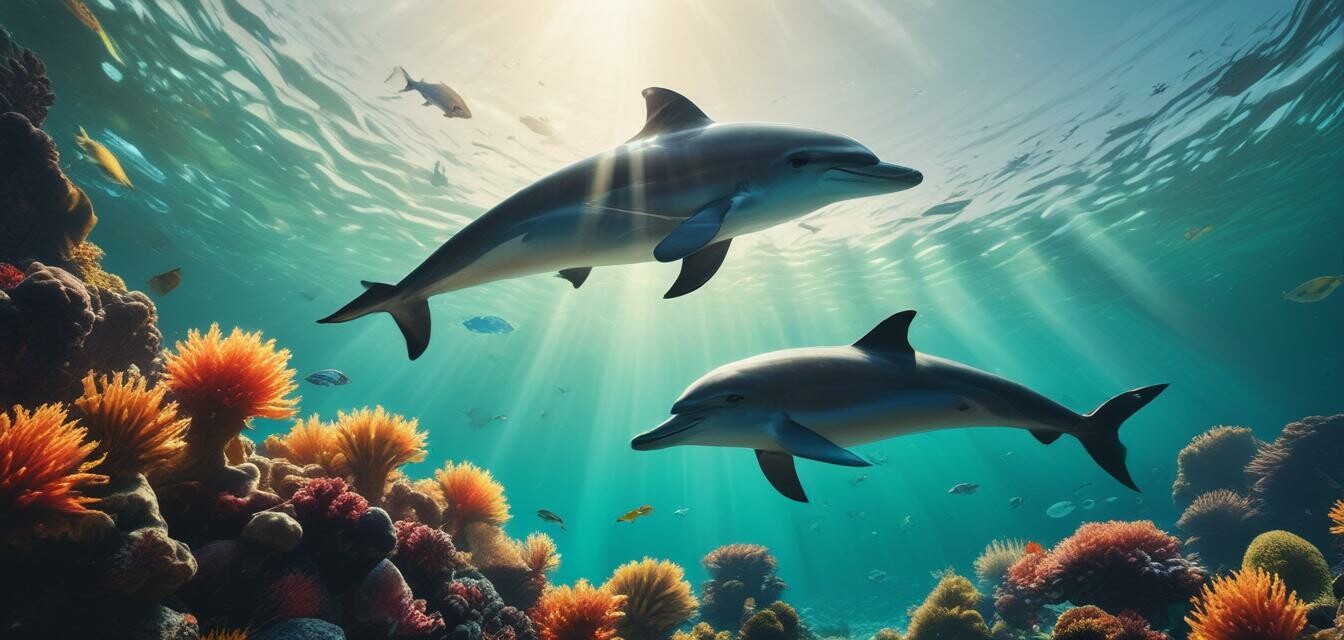
Strategies for Photographing Fast-Moving Marine Life
Key Takeaways
- Set your shutter speed to at least 1/500th of a second for sharp images.
- Use continuous shooting mode to capture sequences of movement.
- Choose the right lens with a fast autofocus system.
- Practice proper buoyancy to maintain stability while shooting.
- Be aware of your surroundings and marine life behavior to anticipate movement.
Photographing fast-moving marine life can be one of the most exhilarating challenges in underwater photography. Whether it's a school of fish darting around or a dolphin gracefully gliding through the water, capturing these fleeting moments requires the right techniques and equipment. In this guide, we'll explore effective strategies to enhance your underwater photography skills and capture stunning images of rapid marine movement.
Understanding camera settings for speed
The first step in photographing fast-moving subjects is mastering your camera settings. Below is a table of essential camera settings that help optimize your performance:
| Camera Setting | Recommended Value | Purpose |
|---|---|---|
| Shutter Speed | 1/500 - 1/2000 sec | Freeze motion and capture details |
| Aperture | f/4 - f/8 | Balance depth of field and light |
| ISO | 400 - 1600 | Compensate for low light without introducing noise |
| Focus Mode | Continuous AF | Track moving subjects efficiently |
Essential gear for fast action shots
Your choice of underwater photography equipment can greatly influence your ability to capture fast-moving marine life. Here are some recommendations:
- Fast Autofocus Lens: Use a lens that excels in autofocus speed to keep up with dynamic subjects.
- Wide-Angle Lens: A wide-angle lens allows capturing a broader field of view, making it easier to frame fast swimmers.
- Strobe Light: Enhanced lighting helps to freeze action and achieve vibrant colors, especially in deeper waters.
Mastering underwater buoyancy
Proper buoyancy control is vital when photographing fast-moving subjects. Good buoyancy allows you to maintain a stable position in the water while avoiding unnecessary movements that could result in blurred images. Here are a few tips:
Buoyancy tips
- Practice breathing techniques to control your buoyancy.
- Utilize a buoyancy control device (BCD) to help maintain your position.
- As you dive, remain calm and adjust your position slowly to avoid disturbing marine life.
Anticipating movement
To capture marine life in action, it is crucial to understand their behavior and anticipate movements. Here are strategies to enhance your approach:
- Observe: Spend time watching the marine life before starting to shoot. Understanding their patterns will help you predict their movements.
- Be patient: Wait for the right moment and be prepared for quick action.
- Use burst mode: Engage your camera’s continuous shooting mode to capture multiple frames quickly.
Practice and experimentation
Photographing fast-moving marine life effectively requires practice. Try different settings, techniques, and approaches during each dive. Each experience contributes to your understanding, helping you improve over time. Don't hesitate to check our Tips and Techniques for more strategies to enhance your underwater photography.
Pros
- Capturing stunning images of fast marine life can be very rewarding.
- Utilizing advanced settings enhances your overall photography skills.
- Improving techniques can lead to impressive portfolio pieces.
Cons
- Requires practice and patience to master.
- Equipment can be expensive and requires maintenance.
- Potential for missed shots due to sudden movements of subjects.
Final thoughts
Capturing fast-moving marine life underwater is a thrilling but challenging task. By understanding camera settings, using the right gear, mastering buoyancy, and anticipating movements, you can significantly improve your chances of success. Enjoy your underwater adventures, and don’t forget to check back for more tips in our Buying Guides and Underwater Cameras sections to ensure you are well-equipped for your next photographic journey.

